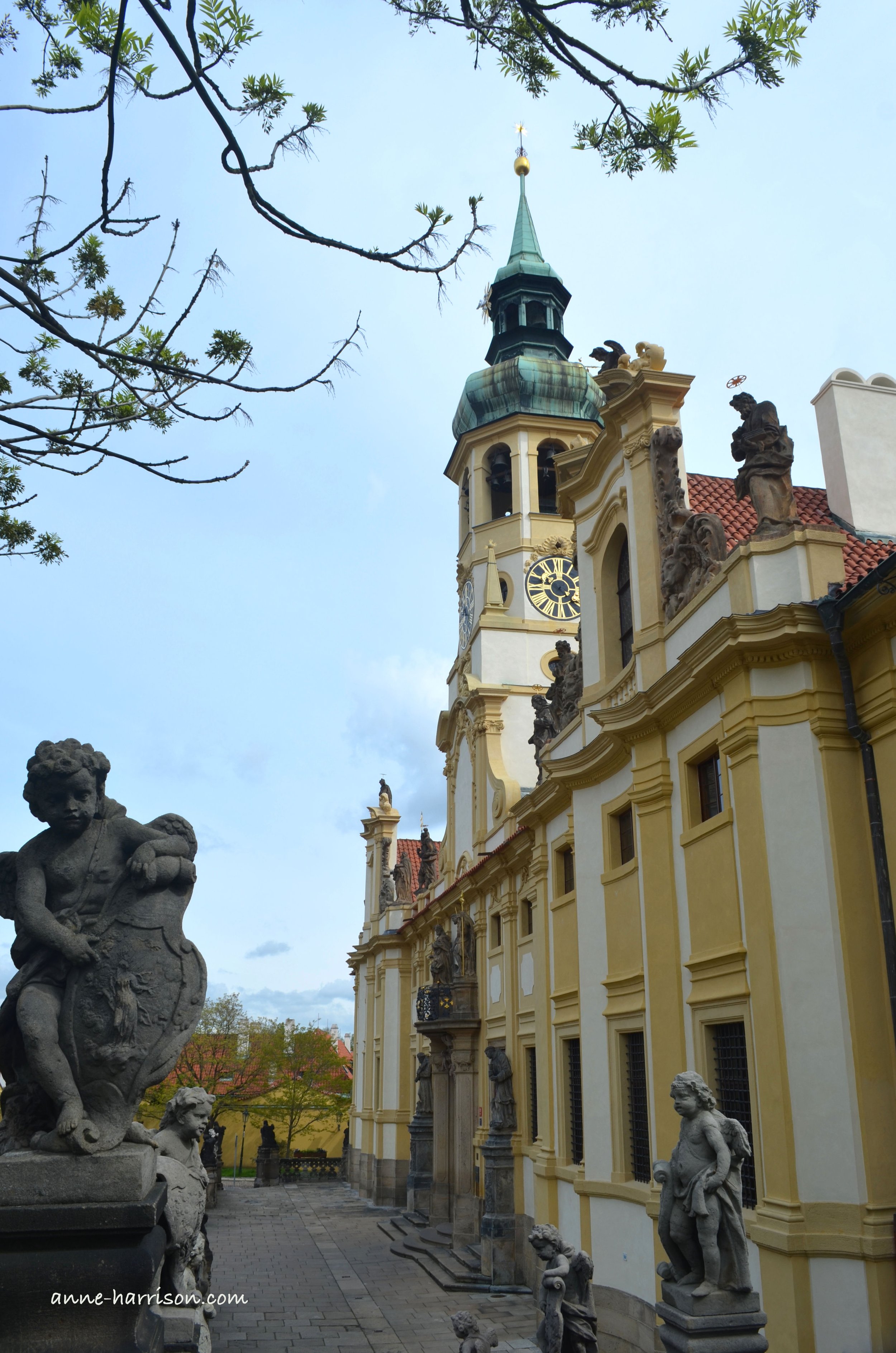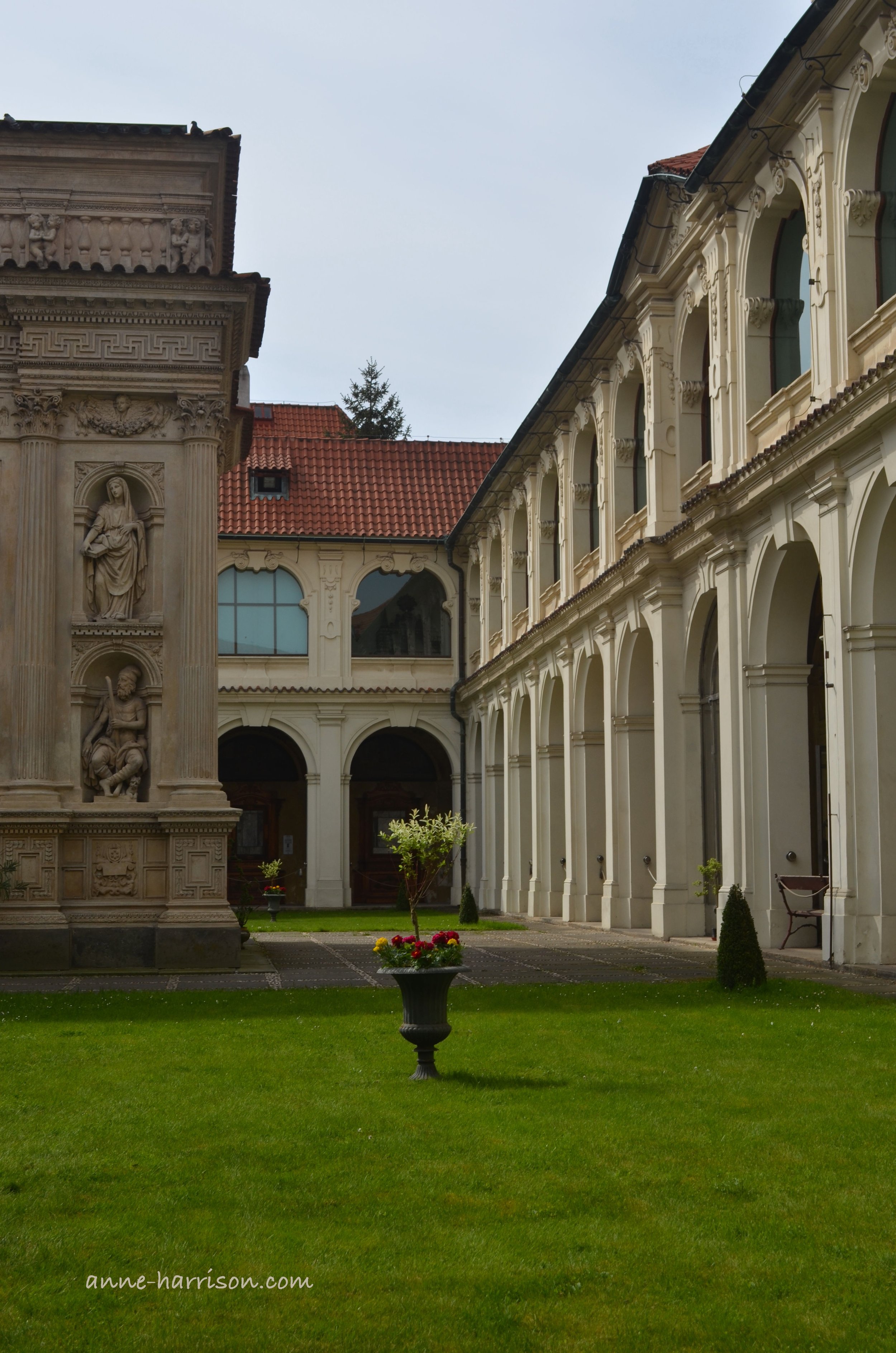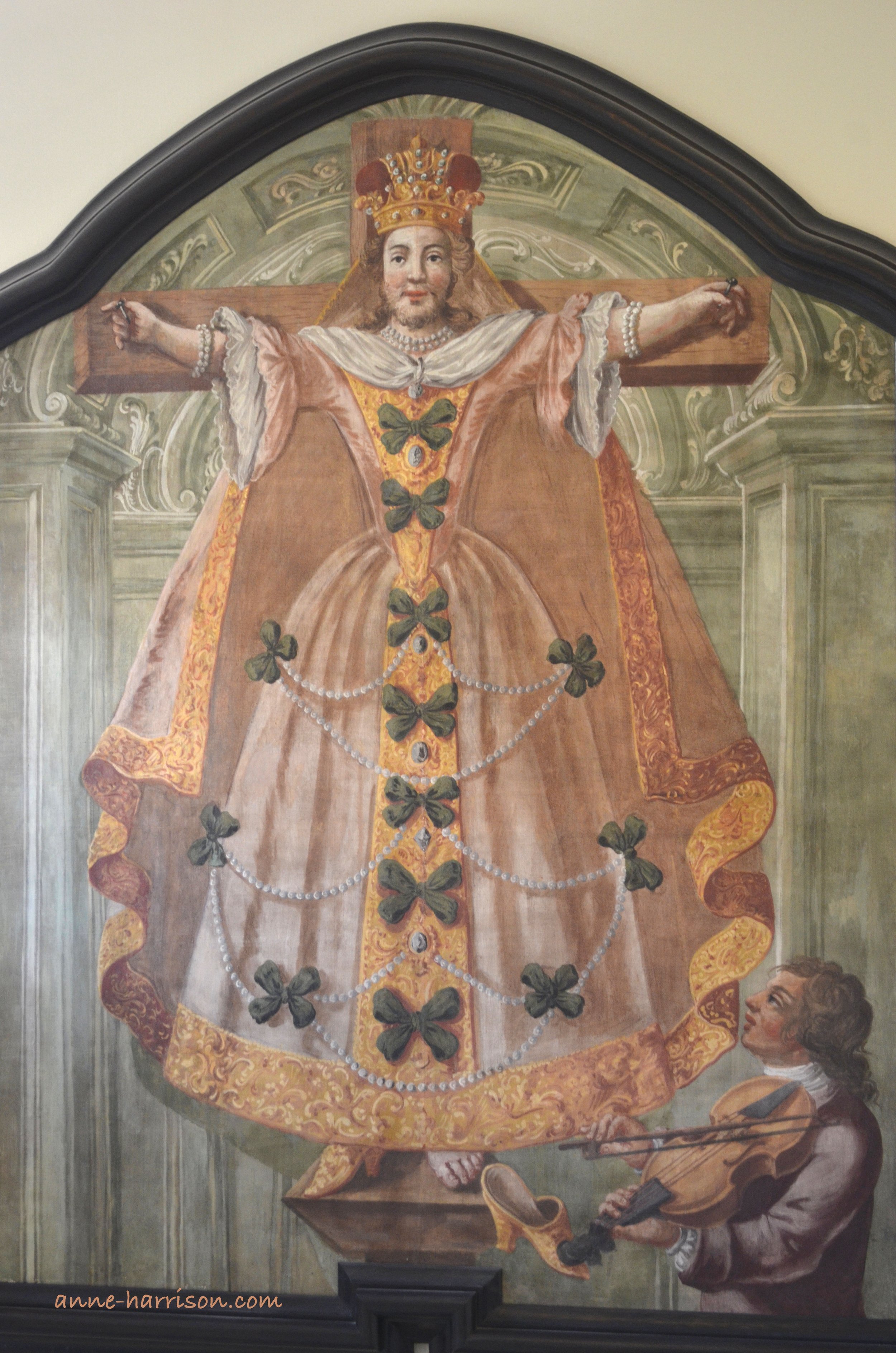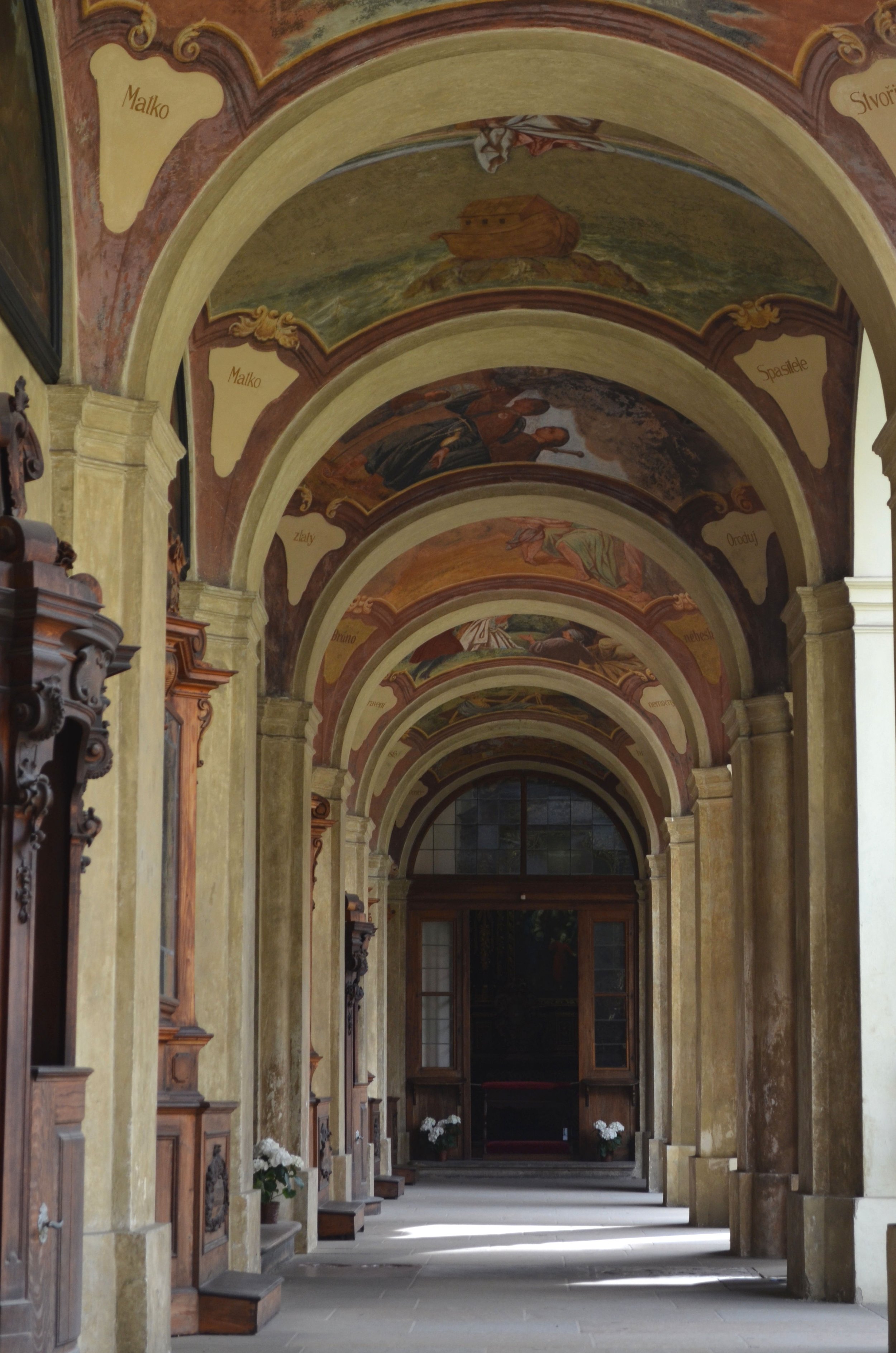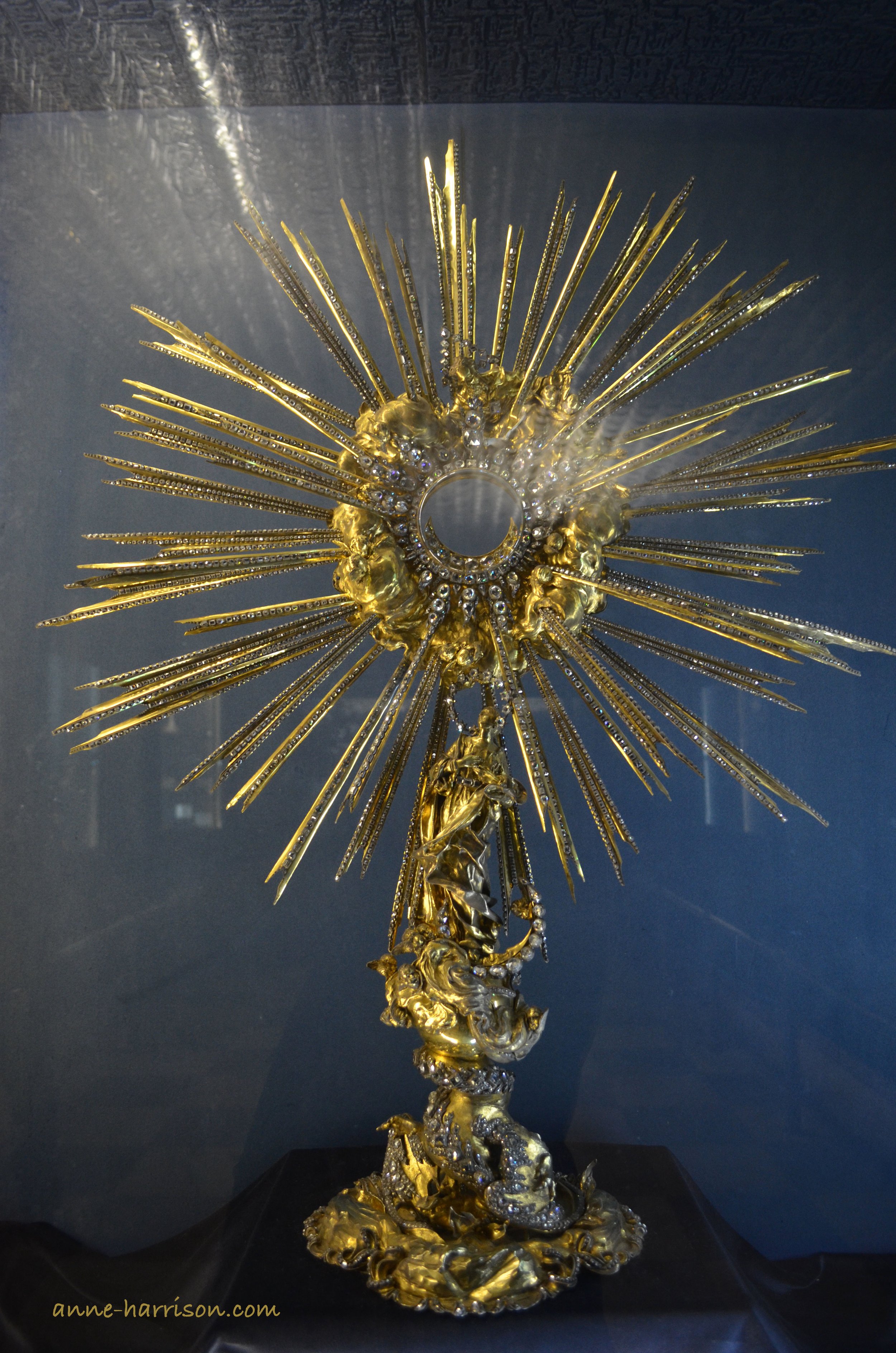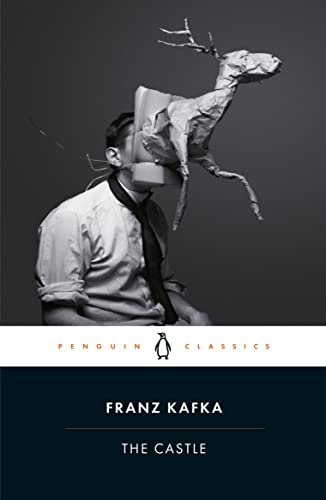The Loreta: A Convent Carried by an Angel
The convent, with the Casa Santa to the left (c) A. Harrison
The Loreta, Loreto, Loretta: the place has numerous spellings. For the thousands of pilgrims who’ve visited down the centuries it makes no difference. The Loreta exists in its own quiet world, hidden among all the other gems in Prague.
Cobblestone pathways and winding stairs led me away from the crowds of Prague Castle to the Loreta. The sunlight of early spring filtered through trees already covered with new leaves, and tulips and roses bloomed around me. A beautiful time to be in this glorious city. Even before reaching Loreta Square the bell tower peeked over the trees and other buildings. With nearly thirty bells, the famous peel has rung over Prague since 1695.
The lush baroque entrance to the convent complex, and the inner courtyard (c) A. Harrison
The Baroque buildings of pale yellow and gold glistened in the sun. The entire Loreta complex consists of the convent, some peaceful courtyards, a cloister, and the Casa Santa.
The Casa Santa (or Holy House) has long been the heart of the Loreta. In 1278 some angels with time on their hands transported the Virgin’s house from Nazareth to Loreto in Italy, thus saving it from destruction by the Infidel. (The place is indeed blessed, having survived not only the Romans and all consequent invasions of both the Holy Lands and Italy, but also the destructive hand of time.) The Cult of Mary has waxed and waned with the millennia, but its growing popularity in the late 16th and early 17th centuries saw the Marian Cult used as a successful propaganda tool during the Counter Reformation. During the early 1600s some 50 Loreta complexes miraculously appeared throughout Bohemia; it's unclear how many angels were involved. The Loreta in Prague became a major place of pilgrimage, for it boasts stones and wooden beams from the original Loreta in Italy.
Details of the Casa Santa (c) A. Harrison
The Casa Santa is encased in white marble and covered in bas relief. One sections shows the miraculous transportation of the original house. Inside, behind a silver grille, stands a revered statue of Our Lady, blackened with age. After its completion, the Holy House was surrounded by cloisters, which once offered shelter to visiting pilgrims. Six chapels radiate from these, including the Church of Our Lord’s Birth. Later an upper story was added.
Between chapels I walked under frescoed ceilings and past decorated walls, many with shelves of holy relics. I still find it disquieting to see finger bones or a femur fragment sheltered behind crystal and surrounded by jewels. Walking up the stairs from the lower cloister I passed one of the strangest paintings I’ve ever seen on my travels. It looked like Jesus crucified, but a Jesus wearing a sumptuous dress decorated with pearls and jewels and an equally exquisite crown, both of which contrasted strangely with the prominent 5 o’clock shadow. I later learnt the painting was of St Starosta, who prayed for facial hair to deter unwanted suitors, only to be crucified by her father when the wedding plans were thus thwarted.
Details of the cloisters and their delicate frescos; an hirsute St Starosta; the diamond encrusted Prague Sun Monstrance (c) A. Harrison
Upstairs, the treasury overflows with more relics, holy vestments and monstrances (in which the consecrated Eucharist is placed for veneration). There are the remains of the Sts Felicissimus and Marcia, complete with death masks. The famous Prague Sun Monstrance manages to outshine them all, glittering with some 6200 diamonds and precious stones.
There is also a replica of the crypt beneath the Casa Santa, once used as a retreat. It is dark, with a tomb for a bed, and evocative images of Death on the wall, in the style of Rembrandt. A cheerful place to contemplate one's mortality.
A cheerful sketch within the crypt (c) A. Harrison
Leaving Death behind me, I walked outside into the glorious spring sunshine. The precinct of Prague Castle still held much to explore, with the city of Prague spread below me. An easy stroll down from the Castle, past the vineyard planted planted by the Good King Wenceslas, invited me to wander into the Old Town.
The Literary Traveller
Like many of his works, Kafka's The Castle can prove an acquired taste, but Prague is the perfect place to tackle both Kafka and his works.
The novel's protagonist is known only as K; he arrives in a village, and the novel is spent as he tries to gain access to the castle from which the place is governed. It is a surrealistic work, emphasised by the fact Kafka died of TB before finishing it.
The people of the castle live in a remote world of 'perfect' bureaucracy; although they govern the town below, they do not physically interact with the townsfolk. K enters a world of unknown rules and laws, of solitude and alienation and unexpected companionship. Like his earlier works, The Castle explores our alienation from an omnipotent yet unseen authority, which is forever protected by a bureaucracy which runs to its own convoluted, illogical and ultimately unknowable rules.
Enjoy my writing? Please subscribe here to follow my blog. Or perhaps you’d like to buy me a coffee? (Or a pony?)
If you like my photos please click either here or on the link in my header to buy (or simply browse) my photos. Or else, please click here to buy either my poetry or novel ebooks. I even have a YouTube channel. Thank you!
Plus, this post contains affiliate links, from which I (potentially) earn a small commission.


